
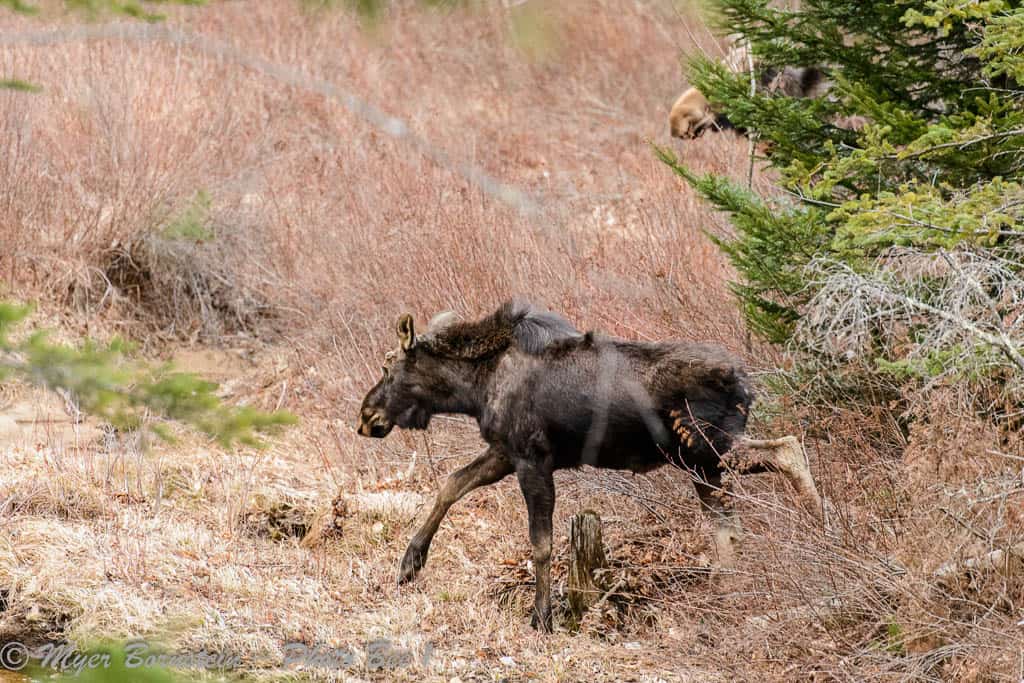
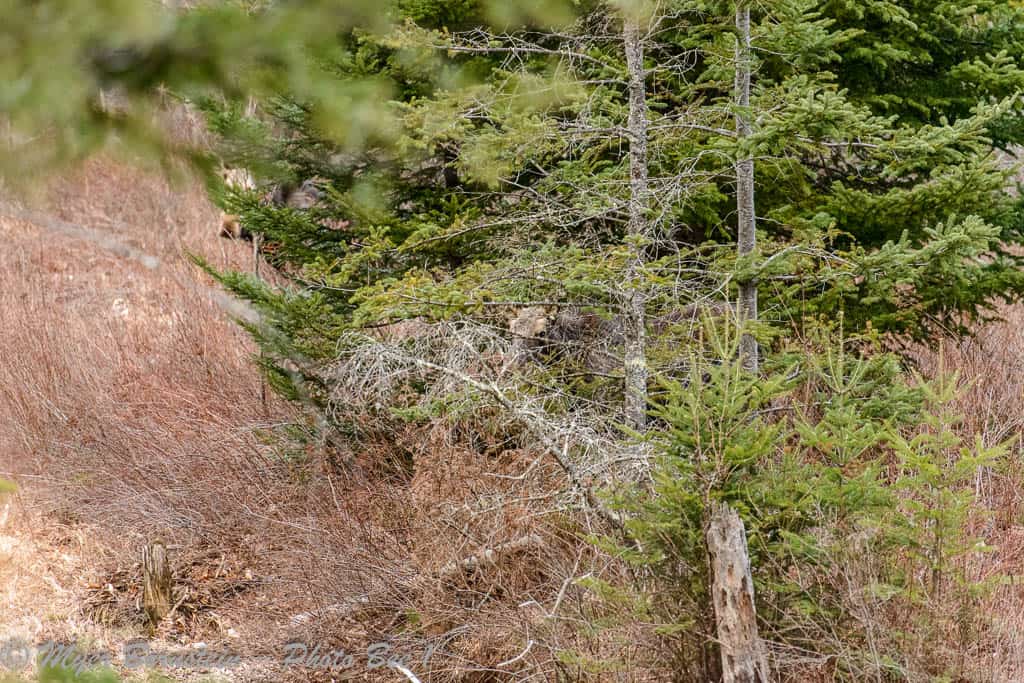
Moose, as it is known in North America or the Eurasian elk, as it is known in Europe is the largest species in the deer family. An adult Moose will average 1000 pounds and stands 6 feet high at the shoulder. Moose have a keen sense of smell and of hearing, but are nearsighted. Moose a solitary animals. Cows give birth in mid May to early June, usually to one calf occasionally twins and the calf will stay with the cow until the next year when a new calf is born. On my recent trip to New Hampshire, I was lucky enough to observe a cow moose with its yearling calf. The Algonquin term “Moose” means “eater of twigs”. Moose will feed on least twigs and buzzards of trees and shrubs along with aquatic plants. Moose wallows are found along the side of the road in wet areas where road salt accumulates. When Moose are in the brush and trees, they can be very difficult to see. Also, if you are driving in an area that is known to have Moose, to avoid collisions, drive, no faster than 55 mph at night and at dusk, so you can stop within the limits of you headlights illumination. Remember, if you see a Moose and stopped to observe of photograph it, keep a respectful distance. Moose are faster than you think and may give very little warning before attacking. Cows are very protective of their calves and bulls in the rut are unpredictable.
Myer Bornstein
I photograph the natural beauty of Southeastern Massachusetts and Rhode Island and other locations Country and elsewhere. I also publish a blog about the area and other interesting vistas and locations.
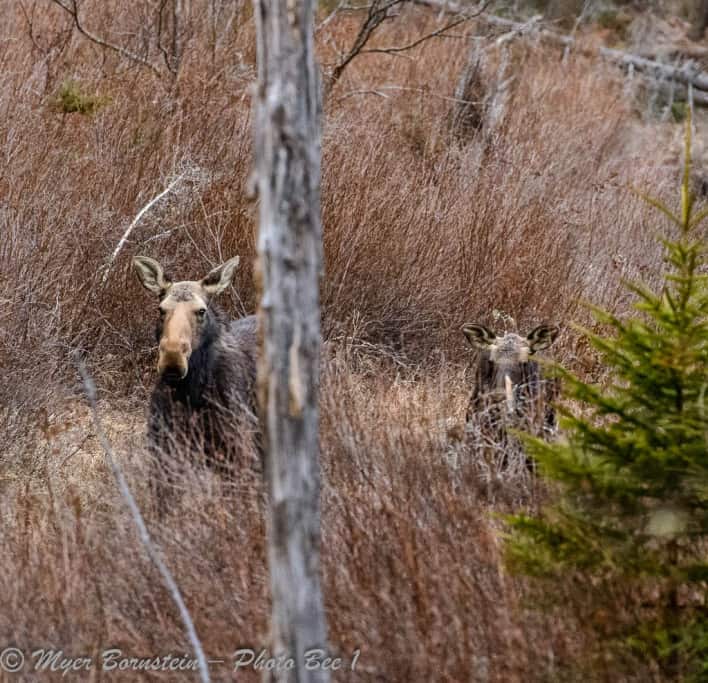

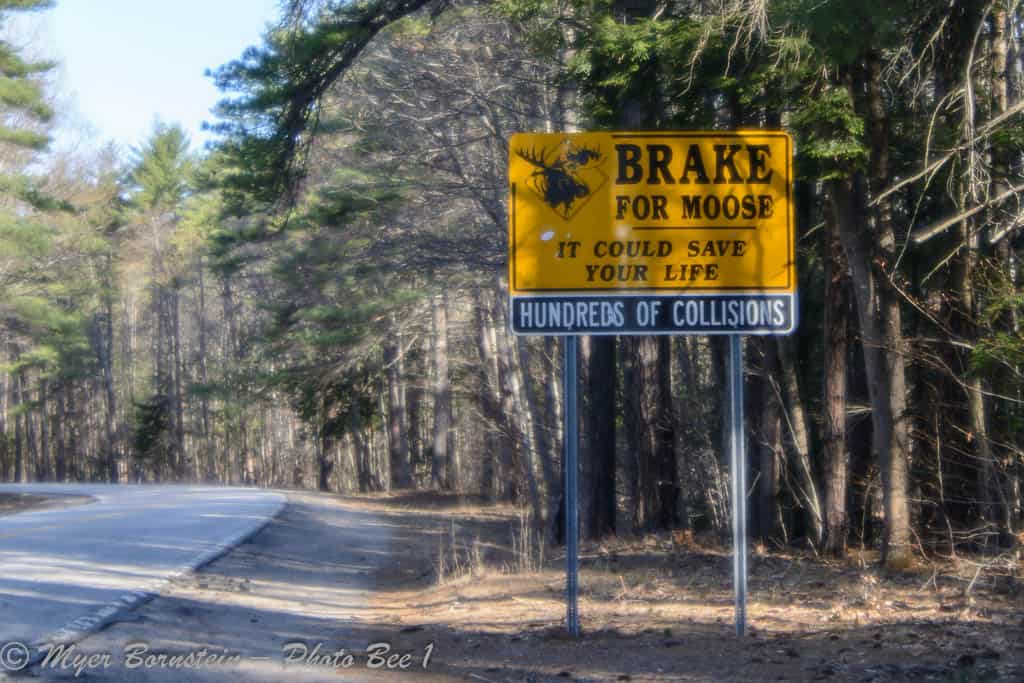
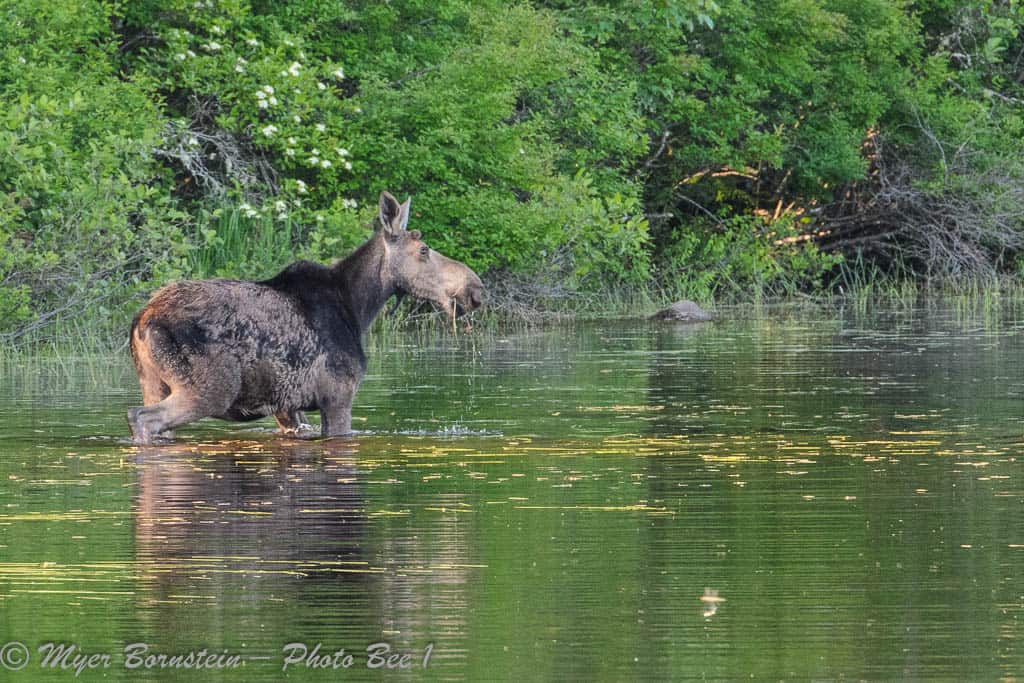
Leave a Reply